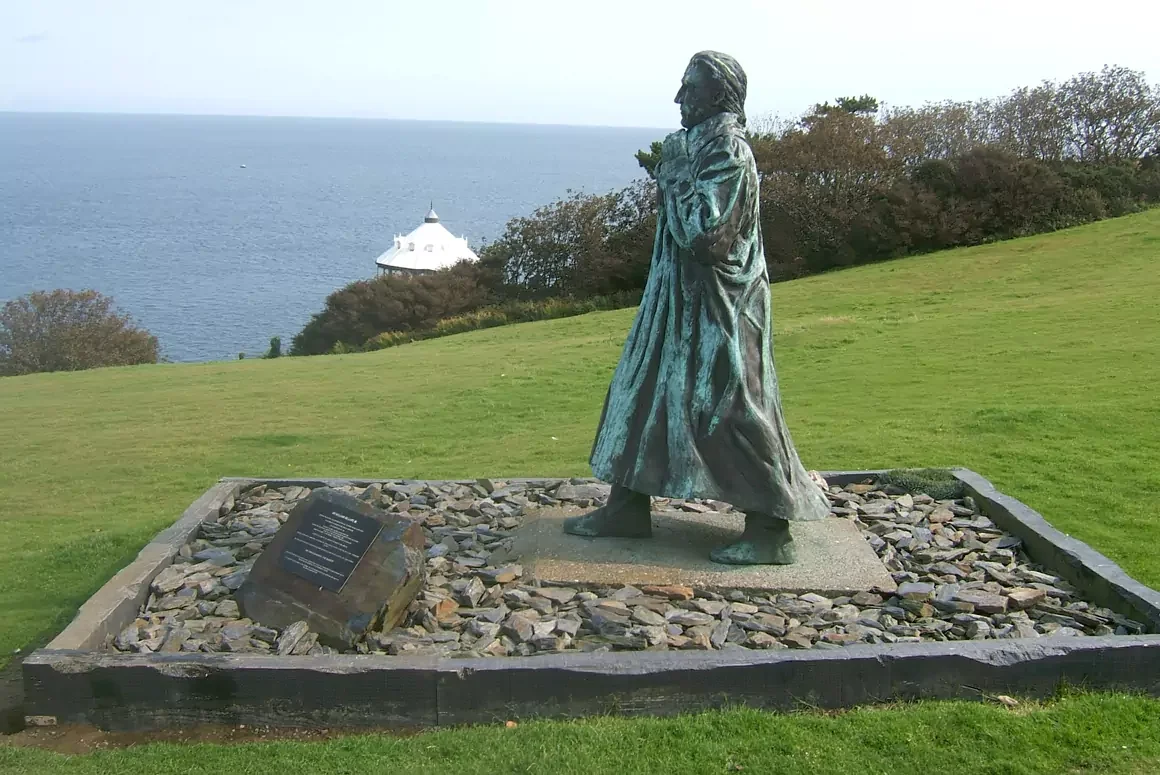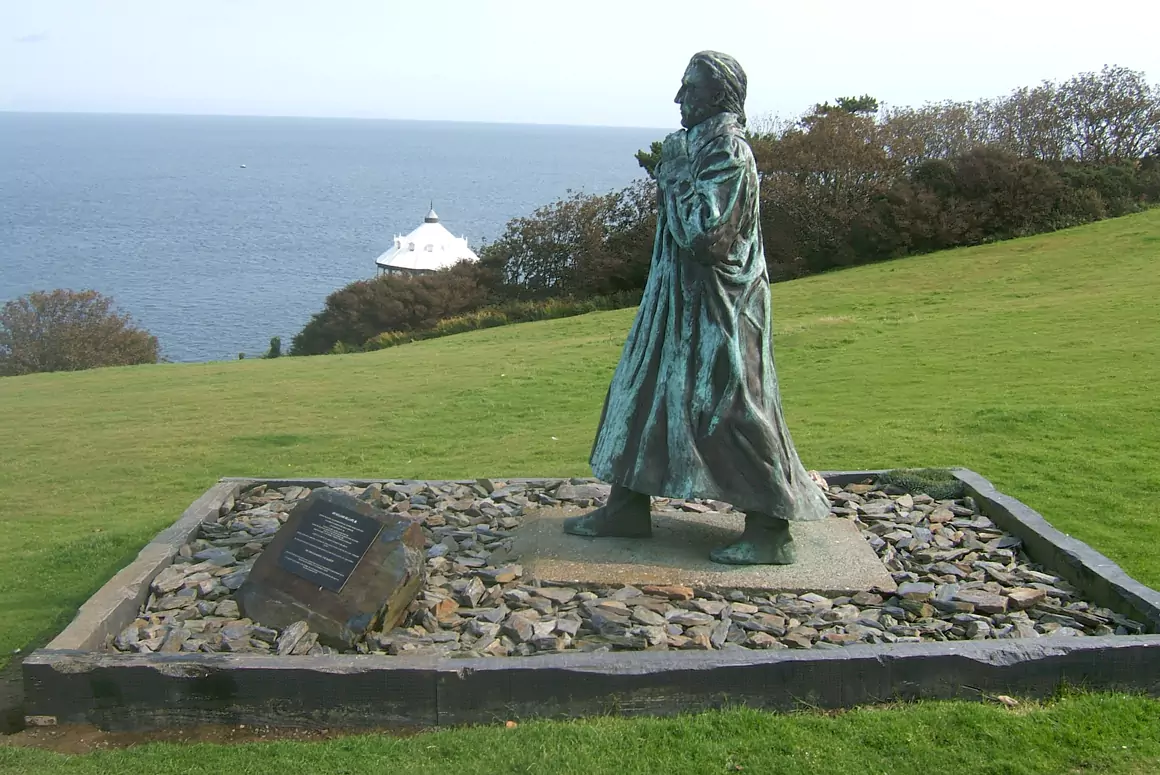Beyond the picturesque scenery and sandy beaches of the Welsh shoreline lie treacherous waters which have claimed numerous shipwrecks and loss of life. These tragedies encouraged the development of the Lifeboat Service, which has today become an essential support to our ‘coastal’ way of life. Karen Foy finds out more.
A Picture of the Past
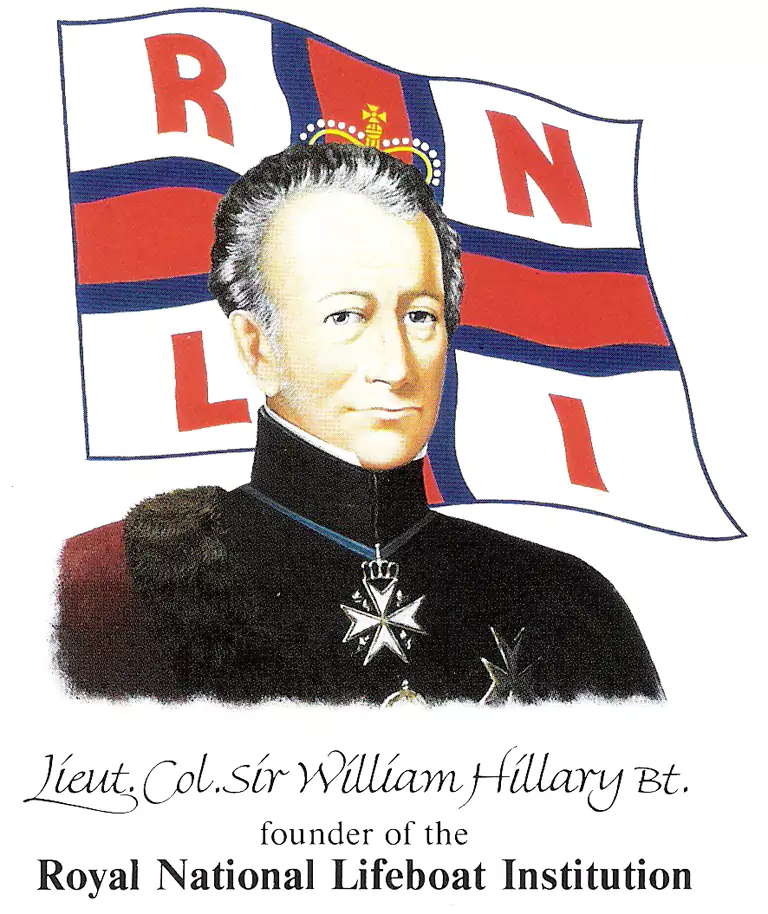 In 1789, a ship named Adventure was wrecked during a storm just off the Northumbrian coast. The loss of life prompted a competition to produce a boat for the sole purpose of saving lives at sea, with a ‘gentleman’s reward’ of two guineas offered to the inventor with the most promising idea. Although Henry Greathead (1757-1818) won the challenge with a lifeboat named Original, William Wouldhave (1751 – 1821) was awarded a prize of one guinea for his design, and Lionel Lukin (1742 – 1834) was also credited with creating a successful vessel. Despite the naming of an outright winner, both Wouldhave and Lukin have inscriptions on their gravestones stating that they were in fact the first inventors of the lifeboat!
In 1789, a ship named Adventure was wrecked during a storm just off the Northumbrian coast. The loss of life prompted a competition to produce a boat for the sole purpose of saving lives at sea, with a ‘gentleman’s reward’ of two guineas offered to the inventor with the most promising idea. Although Henry Greathead (1757-1818) won the challenge with a lifeboat named Original, William Wouldhave (1751 – 1821) was awarded a prize of one guinea for his design, and Lionel Lukin (1742 – 1834) was also credited with creating a successful vessel. Despite the naming of an outright winner, both Wouldhave and Lukin have inscriptions on their gravestones stating that they were in fact the first inventors of the lifeboat!
Recognised as the founder of the National Institution for the Preservation of Life from Shipwrecks, soldier, author and philanthropist of Quaker descent, Sir William Hillary helped to establish the RNLI as we know it today. Living on the Isle of Man, his navigational skills and career in seamanship led him to realise the perilous dangers faced by ships that traversed the Irish waters around the Manx coast.
Aware that some form of lifesaving provision was needed, with the support of the Government, he drew up plans to recruit men and form a succession of lifeboat crews, not only on the island, but also in communities around the British coastline. By 1823, he published a pamphlet – catchily titled An Appeal to the British Navy on Humanity and Policy of forming a National Institution for the Preservation of Lives and Property of Shipwrecks – and distributed over seven hundred in an attempt to bring the public’s attention to this worthy cause.
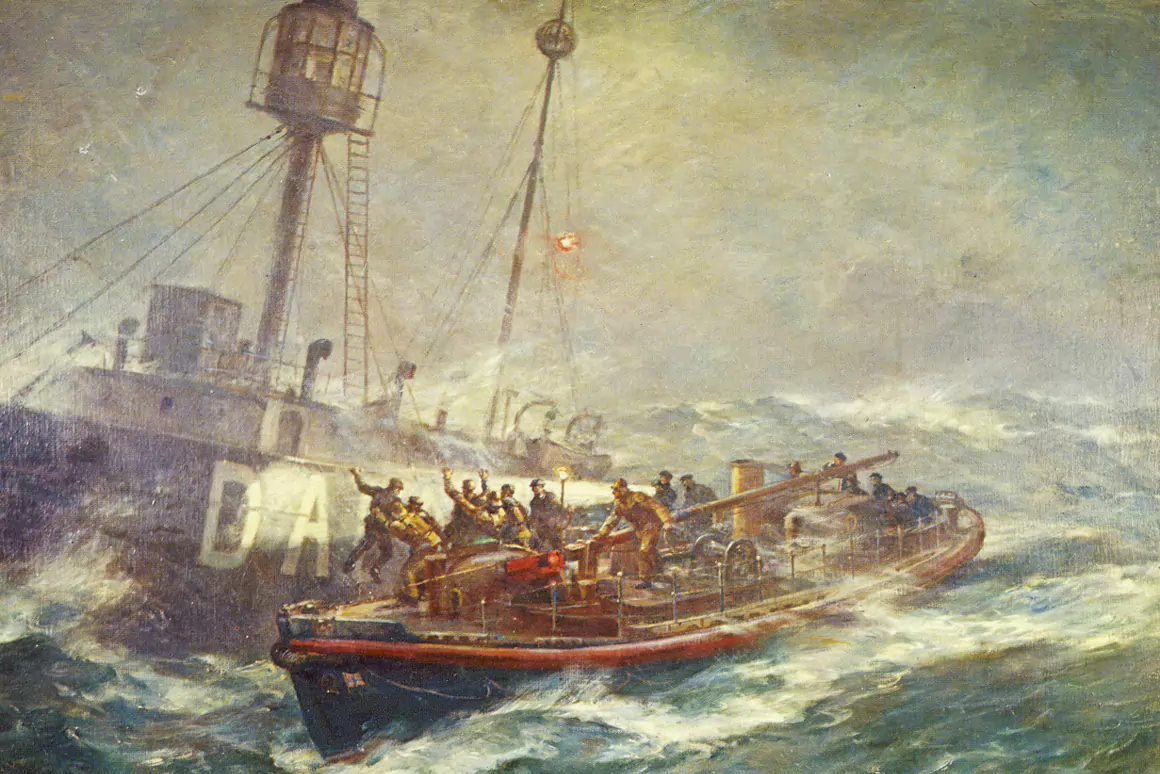
In 1963, Britain released a set of three stamps to mark the International Lifeboat Conference. With the young Queen Elizabeth II depicted on the right hand side of each issue, the illustrations to the left showed a rescue at sea, a nineteenth century lifeboat and a trio of lifeboat personnel. By 2008, the Royal Mail had chosen to emphasise the development of this essential service by celebrating the centenary of the distress signal or SOS with a new release entitled ‘Mayday! Rescue at Sea.’ One of the six stamps included an image of the launch of Tenby’s lifeboat, the Haydn Miller. This Pembrokeshire lifeboat station has been in operation for over 150 years and was the first location to receive a new slipway-launched lifeboat in the Tamar Class. Each stamp in this set was designed with the background of the image in greyscale, enabling the distinctive RNLI orange colour to stand out – enhancing the already dramatic scenes.
A Lifesaving Legacy
The skill and bravery of all our lifeboat crews is second to none and it is impossible to list all their endeavours in one article. Simply by spotlighting one station we can begin to appreciate the essential role that this emergency service has played since its inception.
Beaumaris on the Isle of Anglesey has a Lifeboat Station that serves some of the most hazardous waters on the North Wales coast; this includes the tidal waters of the Menai Straits.
Sir William Hillary’s plans took many years to fully implement and during this time, a number of county Lifeboat Associations were formed. One of which was the ‘Anglesey Lifesaving Association’ founded by the Rev. James Williams Rector of Llanfairynghornwy in 1828, with the boats manned by the men from the local quarry. It was not until 1855 that the RNLI officially took over the stations operated by the Anglesey Lifesaving Association.
The Beaumaris Station opened in 1891, with the lifeboat house and slipway constructed in 1914. Throughout its history, this area has witnessed an extensive list of lifesaving incidents, with crew members and volunteers awarded medals and commendations for the sheer bravery they have shown in adverse conditions.
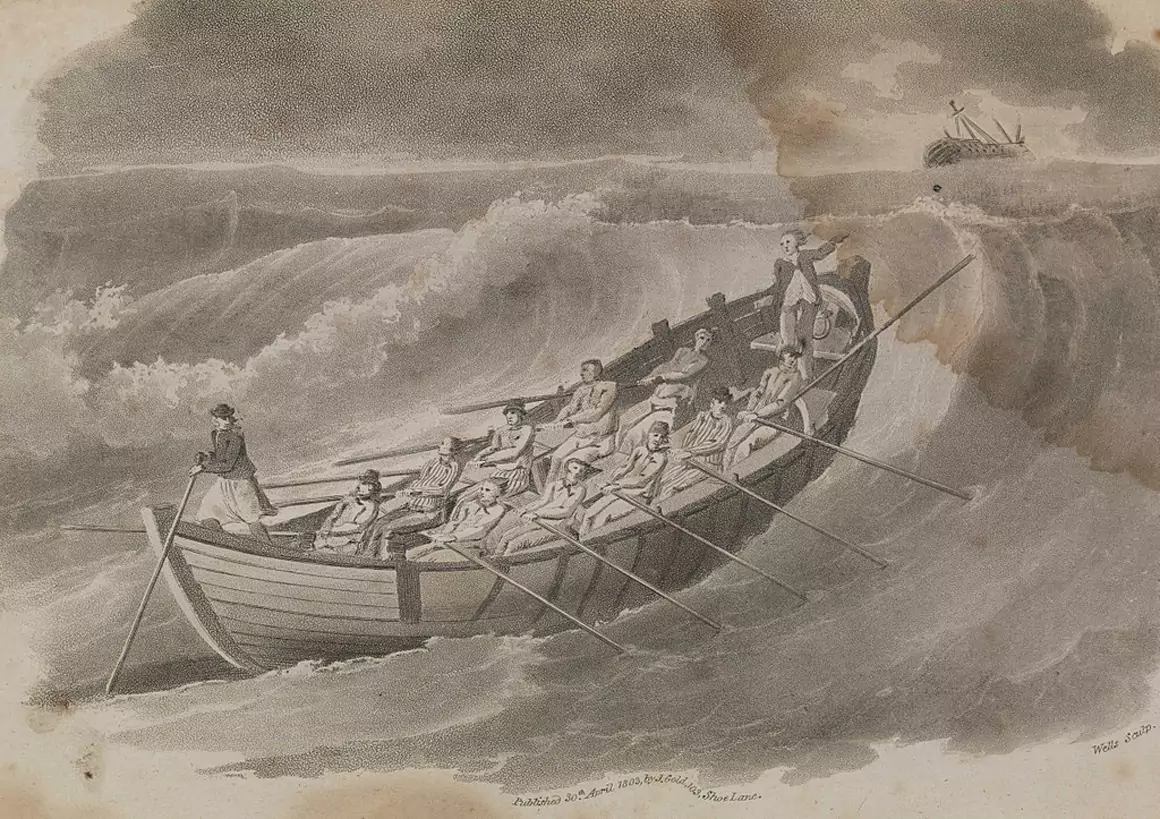
In 1830, David Griffith was awarded a Silver Medal when he rescued over 40 women and children from a stricken ship called The Newry in Caernarfon Bay; a year later W.L. Walker and R. Williamson saved 22 people from the Steam Packet ship Rothsay Castle when it ran aground during bad weather, and broke up just off Penmon, and by 1854, a medal was granted to John Price when he saved the three man crew of a smack called The Two Brothers. Weather conditions were so bad that it took the rescue boat four hours to reach those stranded even though the vessel was only one mile off shore.
The Beaumaris Inshore Lifeboat Station was established in May 1967, and with the help of the BBC Blue Peter Appeal, funds were raised to pay for an inflatable D Class Lifeboat, which was later replaced by another ‘Appeal’ boat in 1976. Since then the Station has continued to see many more heroic rescues and changes, and is a vital support for those who live near, or visit, this part of the North Wales coast.
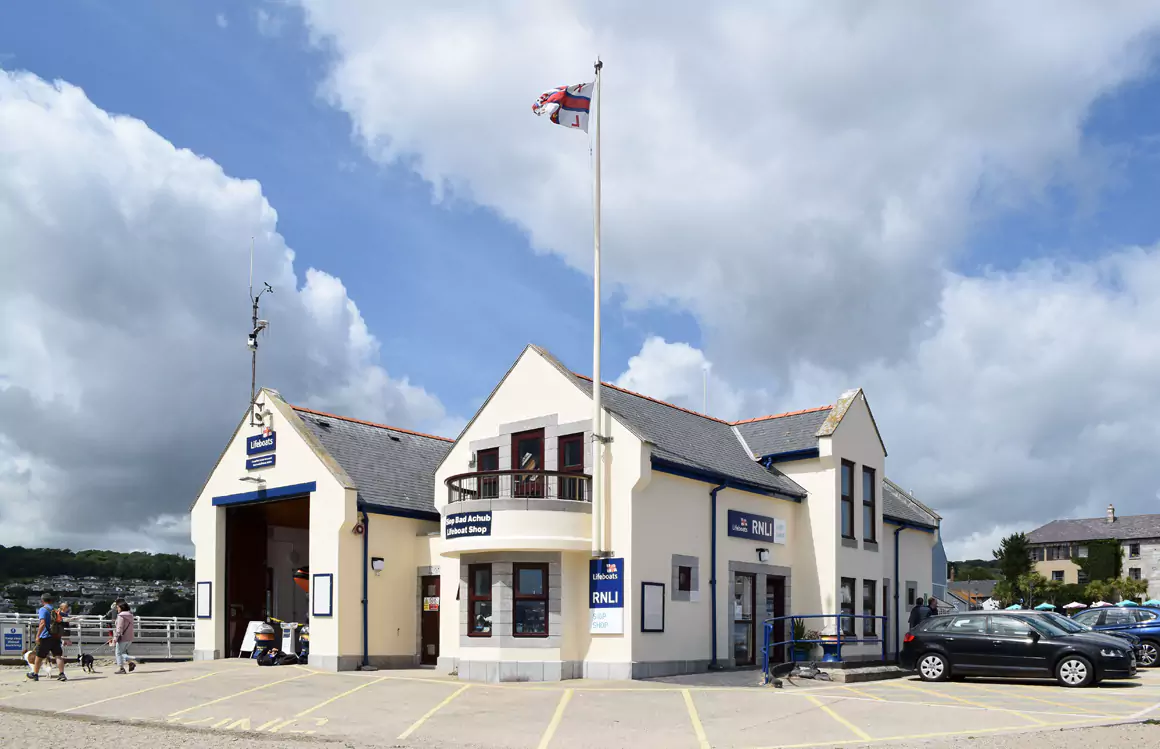
From Manual to Motor
Manufacturing of the lifeboat has changed considerably over the years. The rowing boat The Original had a thick belt made of cork around the middle to keep it afloat. It was horse drawn into the sea, or simply pushed by the men that had volunteered to help.
Hillary later suggested the construction of a 40ft steam driven boat, but finances for the newly formed Institution dictated a rowing boat 24ft long with eight double banked oars. Once built, it was allocated to Douglas on the Isle of Man in recognition of Hillary’s work.
By the mid nineteenth century, sailing boats were the preferred choice. They were succeeded by steam powered vessels but found to waste a lot of valuable lifesaving time as the engines took too long to reach full steam and needed a technical crew to keep the boat fired. The early 1900s introduced vessels which were built for speed, and the first motor powered boats were constructed. Some twenty years later, one fifth of all lifeboats were motor powered, requiring new lifeboat stations to be rebuilt to house them.
Twenty first century lifeboats are power-driven by twin diesel engines; they are self righting, faster and more efficient. These magnificent pieces of lifesaving equipment can reach speeds of 25 knots, travel through surf as high as twenty feet, attempt rescues at sea in appalling weather conditions and right themselves in ten seconds.
In April 2013, the new state of the art Shannon class lifeboat visited Llandudno during her extended period of sea trials, ensuring that the coastline will be manned with improved and upgraded vessels for generations to come.
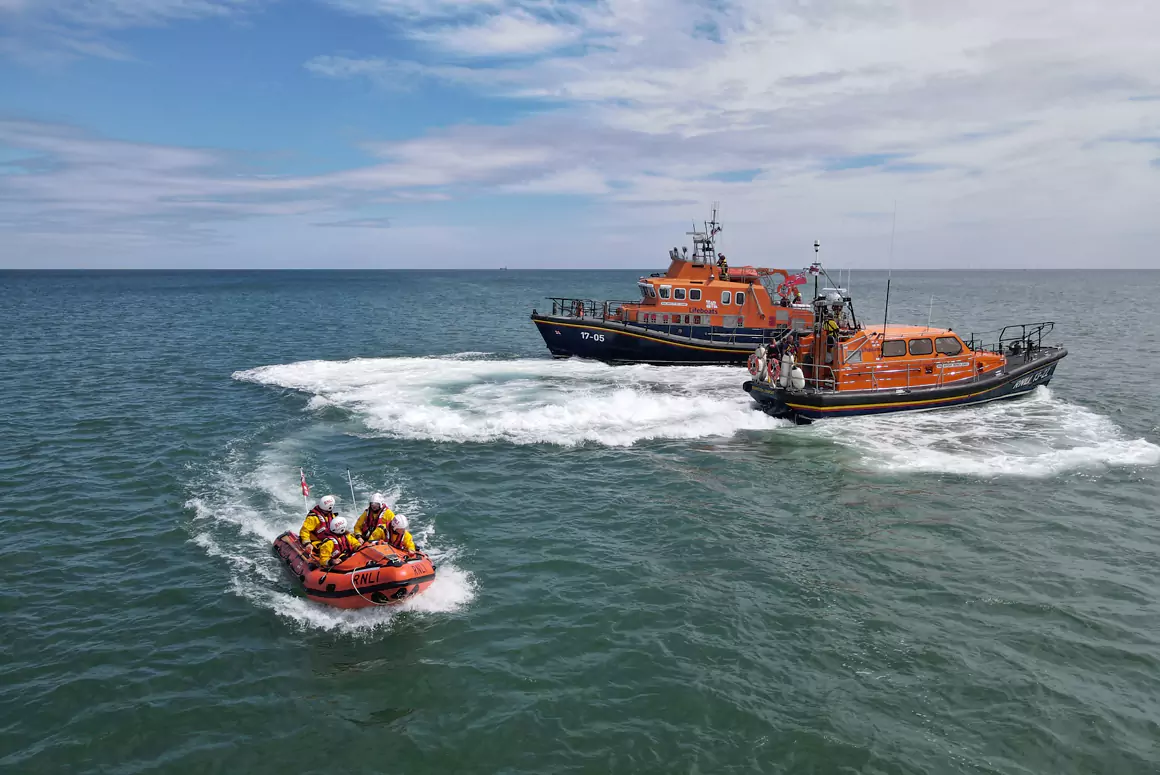
The Royal National Lifeboat Institution is a registered charity which survives solely on voluntary contributions. With over 440 lifeboats, more than 4600 volunteer crew members, 236 lifeboat stations and 180 beaches manned by 1000 lifeguards, their aim is to provide a 24 hour call out service to save the lives of those in trouble at sea up to 100 nautical miles from the coast of the UK and the Republic of Ireland.
Words: Karen Foy
Beaumaris lifeboat station © Bill Harrison (CC BY-SA 2.0)
Mr Henry Greathead’s Life Boat going out to assist a Ship in distress, 1803 (Public Domain)
Rescue of Daunt Lightship’s crew Artist: B. F. Gribble (FAL)
Feature image: Commemorative memorial to Sir William Hillary © Richard Hoare (CC BY-SA 2.0)


